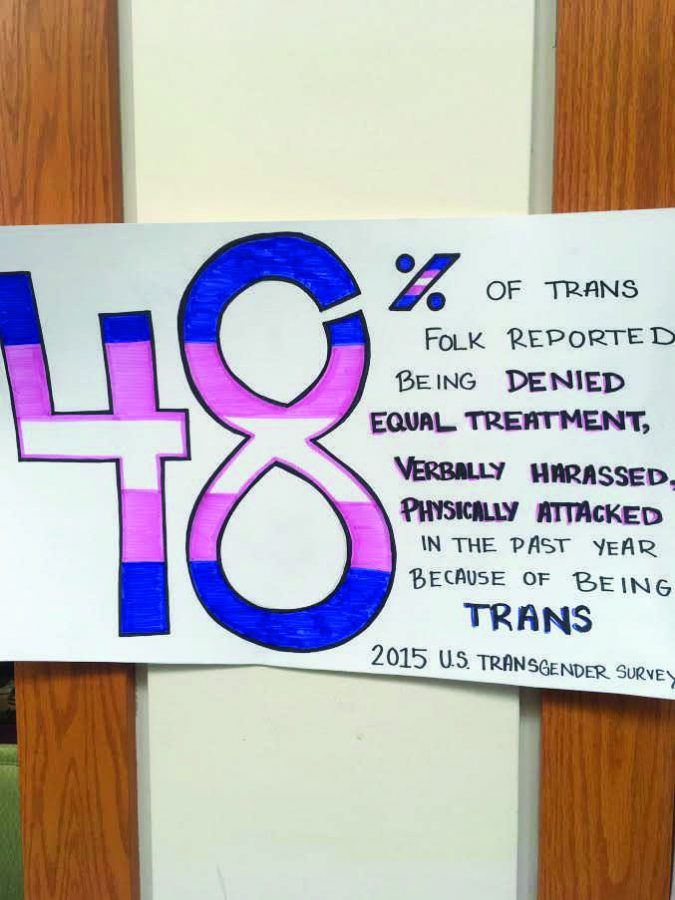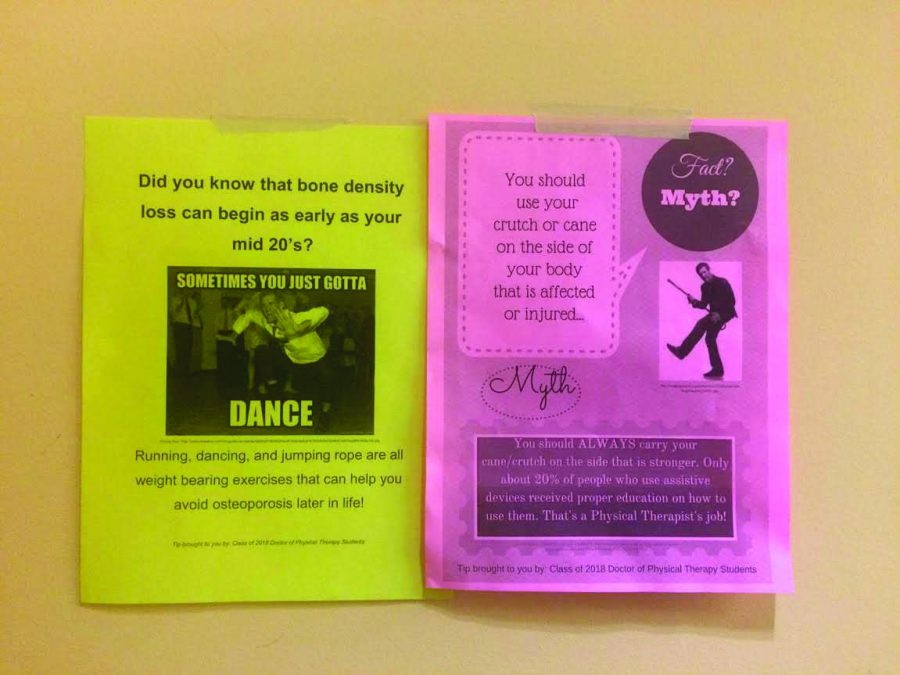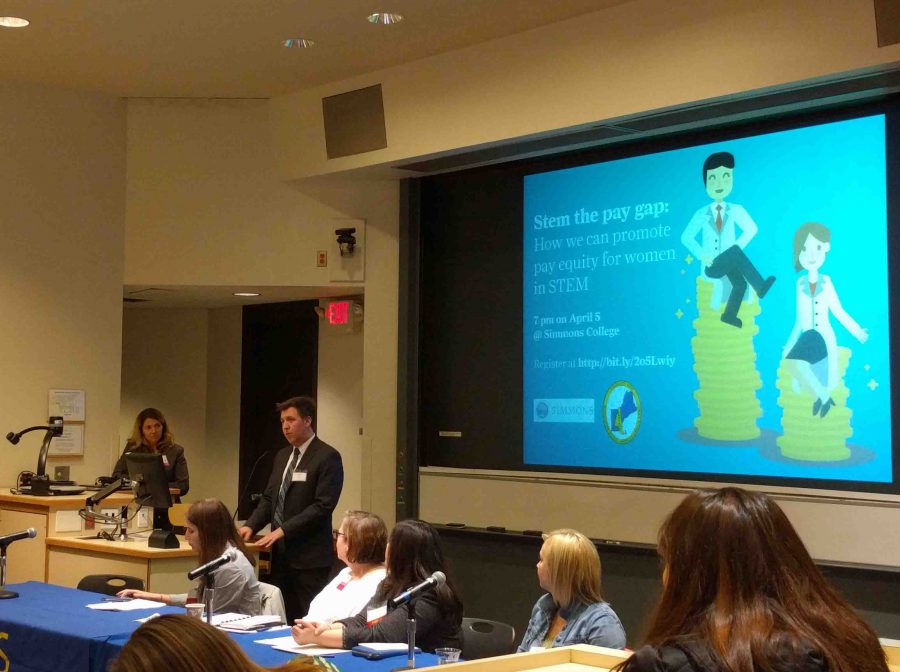By Briana Hayes
Staff Writer
For college students, the most highly anticipated time of the year is summer. Summer means little schoolwork, a mental break, shorts, beaches, and of course, the sun.
However, with the sun comes the danger of skin poisoning and sun damage. Everyone wants bronzed skin during the summer months, but exposing your skin to the sun can be dangerous.
While the sun gets a bad reputation for harming our skin and causing cancer through the ultraviolet radiation, it is also important and vital for life. The sun provides vitamin D.
Vitamin D allows the body to absorb calcium, which increases bone density. It helps keeps the immune system regulated and allows calcium, insulin, and phosphorus to remain balanced.
Since not everyone can obtain the recommended 600-800 IU every day of vitamin D through diet, the sun plays an important role in order to achieve that goal.
During peak exposure time—10 a.m. to 2 p.m.—the sun rays are 10 percent UVB and 90 percent UVA. These percentages create a higher incidence of skin cancers.
UVA rays are pretty common and the less intense of the two. They are present during all daylight hours. The most common side effects of these rays are wrinkles and sunspots.
UVB rays are what cause sunburns and reddening. UVA rays have the ability to infiltrate the top layers of the skin but UVB rays can cause damage to all layers.
The intensity of UVB rays depends on the time of year and time of day. They are obviously the most intense during peak exposure time during the summer.
Sun damage can cause negative health and aesthetic effects. Aesthetic effects include wrinkles, skin thinning, and sunspots. Even though most sun exposure is unintentional, the sun causes 90 percent of wrinkles.
Health effects include skin cancer, which is one of the prevalent forms of cancer in the U.S. It is defined as an uncontrolled growth of abnormal skin cells. The results include tumors, which can be benign or malignant.
There are three types of skin cancer: basal cell carcinoma, squamous cell carcinoma, and melanoma. The first two account for 95 percent of all skin cancers and can be treated easily.
When melanocytes—the cells in the body that account for pigmentation—become abnormal, this is melanoma.
This is the most dangerous form of skin cancer and can result in death. Severe sunburns that occur before adulthood usually result in melanoma later in life.
The sun is the life source of Earth, but too much of something is sometimes not a good thing. In order to prevent skin cancer and sun damage, preventive steps must be taken.
The best step you can take is to apply sunscreen every day. Even during the winter months, a moisturizer with SPF in it is beneficial. It is recommended that you apply sunscreen 20 minutes before sun exposure and reapply throughout the day.
Other preventative steps include remaining hydrated and consuming a diet high in antioxidants. Green tea and foods high in vitamin C and E are beneficial to preventing sun damage.
In addition, individuals can use vitamin E serum to reverse the effects of sun damage.
During the summer months enjoy the sun, and make sure you take care of your skin.


















